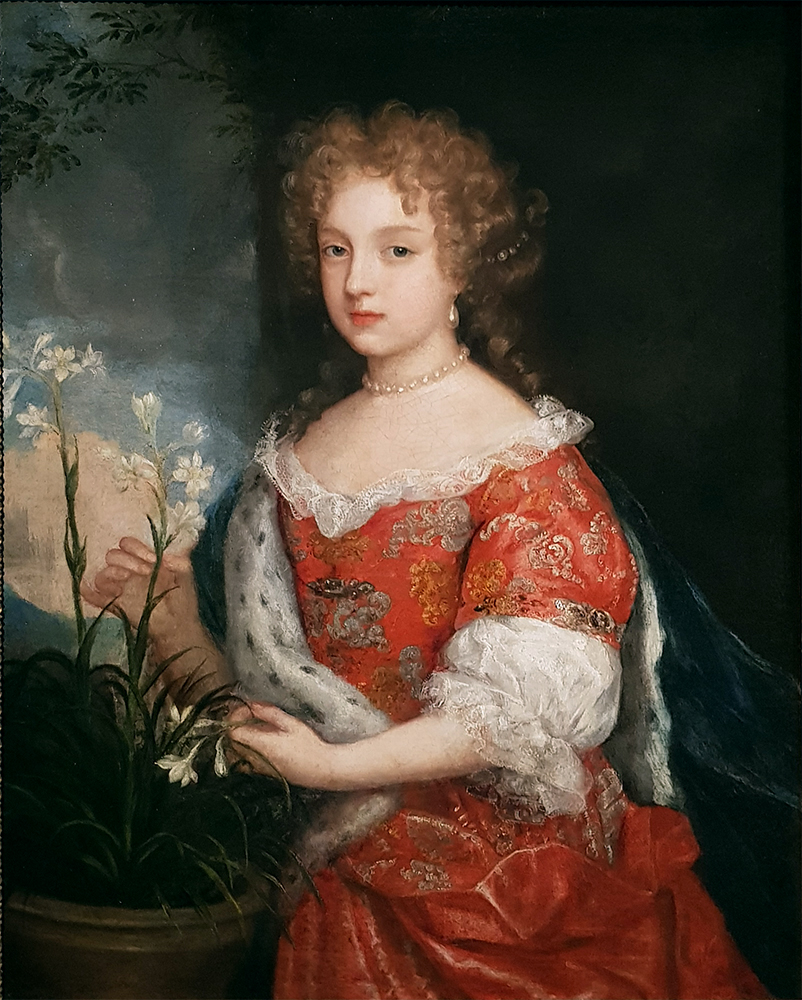The Rev. Kazimierz Bem ’10 M.Div., ’11 S.T.M. has been pastor of First Church in Marlborough (Congregational) UCC, in Marlborough, MA., since 2011. He holds a Ph.D. from Vrije Universiteit in Amsterdam, Netherlands, with a focus on international refugee law. He is the author of Calvinism in the Polish Lithuanian Commonwealth, 1548-1648: The Churches and the Faithful (Brill, 2020). He posts on Instagram in Polish and English about the history of Polish Calvinism @historia_kalwinizmu using the #historiaker.
On 2 April 1695, the Calvinist minister Jan Kazimierz Kraiński walked all day in the snow to verify the rumours of the death of Princess Ludwika Karolina Radziwiłł in faraway Brieg (today’s Brzeg, Poland). Unlike her Polish-Lithuanian aristocratic cousins who took the occasion to seize her estates, Kraiński’s anxiety lay elsewhere: she had been a faithful, if stronghanded at times, patroness of Calvinism in her estates. Many years ago, she even paid for his father’s funeral expenses from her own purse. Radziwiłł’s death and the seizure of the estates by Roman Catholic relatives threatened the survival of the Reformed Church in the Grand Duchy of Lithuania.

The history of the Reformation in the Polish-Lithuanian Commonwealth has been told many times using the paradigm of a short spectacular rise and then an equally meteoric decline, allegedly all occurring in the sixteenth century. While indeed the political power of the Commonwealth’s many Protestant groups did decline rapidly, the process was much more prolonged that the narrative would suggest: the unitarian Polish Brethren (Socinians) were not expelled until 1658, and Protestants were barred from being deputies to the Diet (Sejm) only in 1707, despite the ineffective protests of one of them.
The story that is rather seldom told is that of the surprising endurance of Calvinism in the Commonwealth among the nobles, burghers, and even peasants, in some instances lasting until today.
The Polish Historian Maciej Ptaszyński has claimed that the Commonwealth experienced a ‘delayed Reformation’, meaning that the most visible outburst of Protestant activity occurred after 1548 and during the reign of the tolerant Sigismund II Augustus. Polish Protestantism, Calvinism especially, paralleled the decentralised character of the Commonwealth. There was never one central authority for the Polish Reformed, but rather three provincial synods which from 1570 met irregularly in ‘general synods’. Despite this decentralisation they managed to produce a common Polish translation of the Bible and a unified liturgy that was used regularly until quite recently on Sundays in Poland and Lithuania.
The first group of Reformed were the exiles from Bohemia, called for that reason ‘the Bohemian Brethren’, theological heirs of the Hussites. Initially they were quite conservative socially, theologically, and ecclesiastically: their clergy did not marry until the 1560s, the church was headed by ‘seniors’ who resembled bishops, and the laity had little to say in church affairs. The Bohemian Brethren settled in the northwest of the Commonwealth with their centres in Ostroróg and Leszno. Despite the efforts of their seniors to steer a middle course between Lutherans and Calvinists, educating their clergy in Reformed academies and other pressures resulted in them being ‘Calvinized’ by the early seventeenth century.
The Lesser Poland Brethren were at first the largest group of Calvinists. Heavily influenced by Swiss theologians (Zurich and Basel more than Geneva) and run by politically savvy lay nobles (even their greatest leader Jan Łaski was an aristocrat), the Church fractured in 1565 with the majority of clergy embracing unitarian ideas and forming the Polish Brethren Church. The Calvinists did rally, but it took them almost 30 years to re-form. While their political clout among the magnates disappeared after the 1590s, the Lesser Poland Calvinists were the driving force behind the translation of the Bible into Polish in 1632 and the unified liturgy in 1634.
The third group, the Lithuanian Brethren, were in fact a labour of love of five generations of the Radziwiłł family. Using their vast estates and sway among the Lithuanian nobility, the Radziwiłłs almost succeeded in converting most of the Duchy’s elite to Calvinism. Like in Lesser Poland, theological fissures prevented it from happening. Their biggest patron, Mikołaj Radziwiłł ‘The Black’, converted in his last years to antitrinitarianism, and a decade later his sons became zealous Roman Catholics. The Radziwiłł patronage of Calvinists continued with another line of the family but removing non-Trinitarian clergy from Reformed churches took until the end of the century. The Church retained a strong Presbyterian polity but with some local quirks; for example, not unlike the Jewish and Eastern Orthodox churches in the province, rural Reformed churches had separate balconies for women that persisted until the end of the eighteenth century. The liturgical language of the Church was Polish, but from the 1630s, in order to compete with the Roman Catholics and to maintain allegiance of their rural population, the synods demanded that in some areas the ministers speak Lithuanian. In Kiejdany (today Kėdainiai, Lithuania) the local church had sermons in Polish, English (for the Scottish immigrants) and Lithuanian.
In 1634 the representatives of the three Churches met in Włodawa. Under the skilful leadership of the Lesser Poland General Superintendent Tomasz Węgierski (himself brought up in the Czech Brethren), all three Churches agreed to overhaul and unify their polity and liturgy. The Czech Brethren allowed for lay elders to be elected by the congregations and for them to appear at their synods. The Lesser Poland Brethren reorganised their church and agreed that provincial synods would ordain pastors to the ministry. The Lithuanians begrudgingly accepted a unified liturgy, though they complained there was too much singing and too ‘High-Church’ to their taste. The unified liturgy included the standard rites for baptism, communion, ordination and marriage, but it also had a special liturgy for church divorce. Its express, and at times, repetitious affirmation of the Holy Trinity marked a clear and definite end to any lingering unitarian sentiments. It was published in 1637 Gdańsk (Danzig), and hence it is known as the Great Gdańsk Agenda.

For Polish and Lithuanian Calvinism, the Włodawa Convocation of 1634 can be compared in its importance to the Westminster Assembly and the Dutch Synod of Dort. While it did not solve all theological and liturgical problems (German speaking congregations were exempt from its liturgical provisions, and the Lithuanians slightly altered the Communion rite in 1641 in a more Zwinglian fashion), it unified Commonwealth’s Reformed to a degree unseen before.
This came providentially just before the greatest calamities for the Commonwealth’s Reformed: the Swedish Deluge, the Cossack wars, and the war with Muscovy. The General Synods with various degrees of success would be called until the Partitions of Poland. The Włodawa Convocation also established the Commonwealth’s Reformed as moderate Calvinists, aware of the theological changes occurring in the Western churches but not bound by them. The Reformed may have sent unofficial observers to the Synod of Dort, but there was never a push to ratify its canons in any of the three churches. In 1649 a local revival took place in the Polish town of Oksa inspired by the Dutch Nadere Reformatie. Throughout the seventeenth and eighteenth centuries, Polish and Lithuanian Reformed nobles and clergy studied at Western academies, keeping the link between their Calvinist Brethren alive.
The good reverend Jan Krzysztof Kraiński died in 1710 serving his church to the end of his days – his descendants served as Reformed clergy until 1939, and some are still among the faithful of the Polish Reformed Church today.
